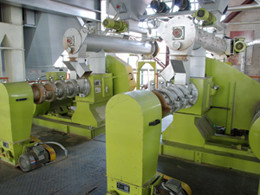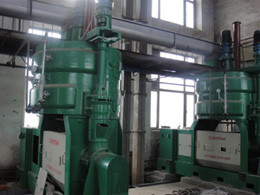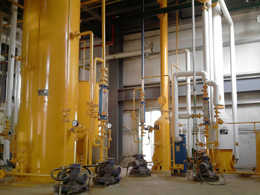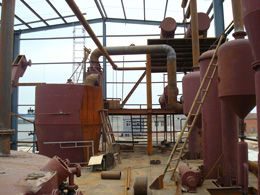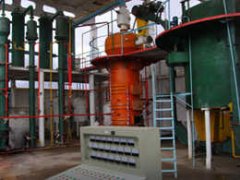Oil Processing Steps
Seed Preparation & Seed cleaning
Preparation of oilseeds usually start with heating and dehulling, then with chopping / grinding, rolling / flaking, apart from that a thermal or conditioning step is required. In addition, all oil seeds have enzymes that can influence quality. The object is to deactivate these enzymes early by means of heat.
Preparation of the raw material often includes removing husks or seed coats from the seeds and separating the seeds from the chaff. There are a wide variety of small- to intermediate-scale approaches to and technologies for effective seed cleaning. Approaches range from using various sizes of hardware cloth screens in tandem (Clothier) to using a compact fanning mill such as the Clipper Office Tester and a spiral separator for small farms (Small Scale Grain and Pulse Production forum, 2008). See the Resources section for examples, types and sources of equipment.
Oil Extraction
1. Extraction by Cold Pressing: Oil can be extracted mechanically with a ram press, an expeller or even a wooden mortar and pestle, a traditional method that originated in India. Presses range from small, hand-driven models that an individual can build to power-driven commercial presses. The ram press uses a piston inside a cage to crush the seed and force out the oil.
Expellers have a rotating screw inside a horizontal cylinder that is capped at one end. The screw forces the seeds or nuts through the cylinder with gradually increasing pressure.
There are two distinct expeller press designs — a single cylinder press that expels the press cake out in pellet form and a traditional cage-style screw press that expels the meal out in large flakes.
2. Oil Extraction by Solvent: Oils can also be extracted with solvents, but solvent extraction is a complex and costly operation. Solvent extraction isn't suited for small-scale processing because of high capital and operating costs, risks due to fire and explosions from solvents, and the sheer complexity. Management of solvents such as hexane is a problem as well.
Refining, Bleaching, Deodorizing
The vegetable oil produced and processed to this point does not need refining, bleaching or deodorizing as long as the natural taste, smell and color are acceptable to the user. However, getting the oil to commercial food grade may be an important step in oilseed processing if your market demands it. For example, restaurants require oils that have a relatively high smoke temperature and may or may not want the taste of the natural oil. Getting the oil to food grade will add value and can make small-scale biodiesel from oilseeds more feasible for those who intend to use the oil in a manner similar to the full-cycle farming story at right.
According to Udo Erasmus, the ideal oil produced should have these steps in mind:
- Machine parts are made of special metals, avoiding copper, brass, and iron, which catalyze oil breakdown. These metals should not be used in pipe lines or tanks either.
- Containers should be made of black polyethylene to completely block out light and ultra violet light.
- Oil is extracted by gravity rather than filters.
- All containers and lines are flushed with inert gas to clear oxygen.
- Tin and solder should be rejected since they contain lead.
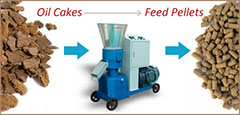
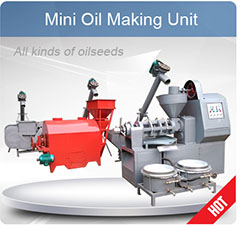
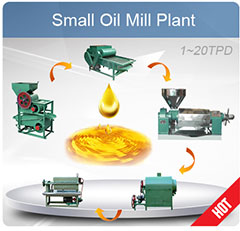
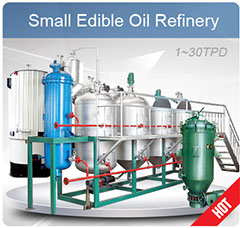
Want to set up a mini mustard oil mill of your own ? With the rapid ...
Mustards are part of the oilseed family and are regarded both as a s...
Interested in begin a small size corn oil extraction plant but dont ...
Do you want to make the edible rice bran oil at from using your mill...

